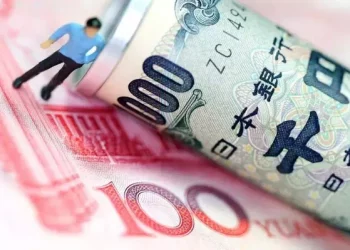The value of the SGD (Singapore Dollar) can fluctuate based on a variety of factors, including changes in economic conditions, shifts in global market sentiment, and changes in government policies. Here are some common reasons why the SGD may drop in value:
Global Economic Conditions: The health of the global economy can have a significant impact on the value of the SGD. Economic slowdowns or recessions in major markets can lead to decreased demand for Singaporean exports, which can in turn weaken the value of the currency.
Interest Rates: Changes in interest rates can also have an impact on the value of the SGD. If the MAS (Monetary Authority of Singapore) decides to cut interest rates, this can make the SGD less attractive to investors, which can lead to a drop in value.
Government Policies: Government policies can also play a role in the value of the SGD. For example, if the government announces policies that are seen as unfavorable to foreign investors, this can cause a decline in demand for the currency and lead to a drop in value.
Market Sentiment: Shifts in global market sentiment can also have an impact on the value of the SGD. For example, if there is a global economic crisis or geopolitical tensions, investors may be more likely to seek safe-haven assets such as the US dollar or Japanese yen, which can cause a drop in demand for the SGD.
Inflation: High inflation rates can also cause the value of the SGD to drop. If inflation rates in Singapore are higher than in other countries, this can make the currency less attractive to investors and lead to a decline in value.
In conclusion, the value of the SGD can drop for a variety of reasons, including changes in economic conditions, interest rates, government policies, market sentiment, and inflation rates. Investors and traders should stay informed about these factors in order to make informed decisions about their SGD investments.
























